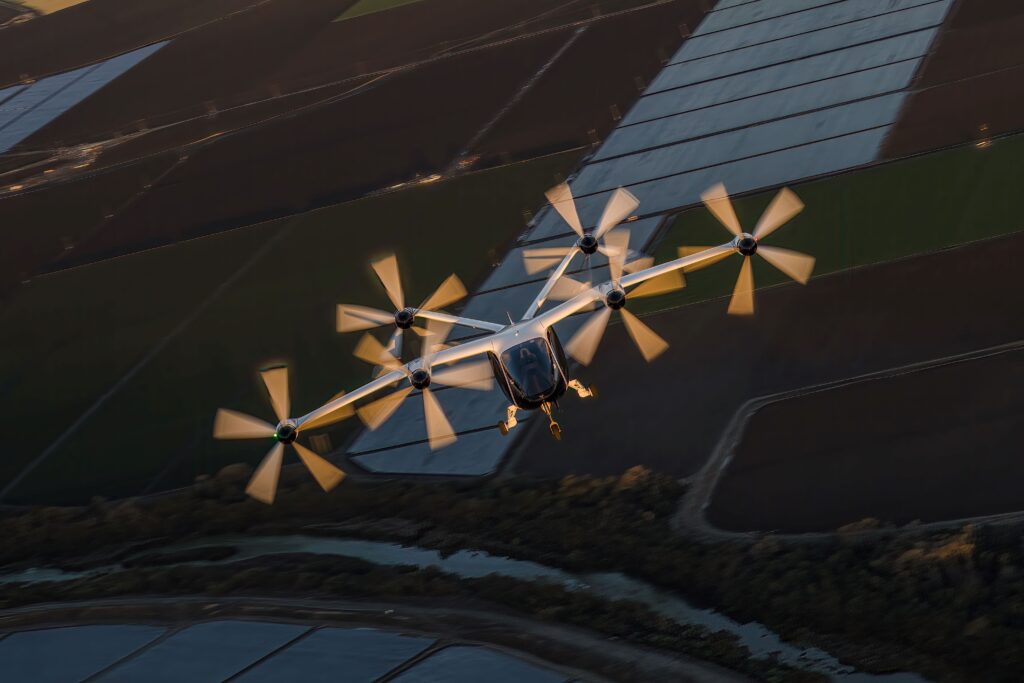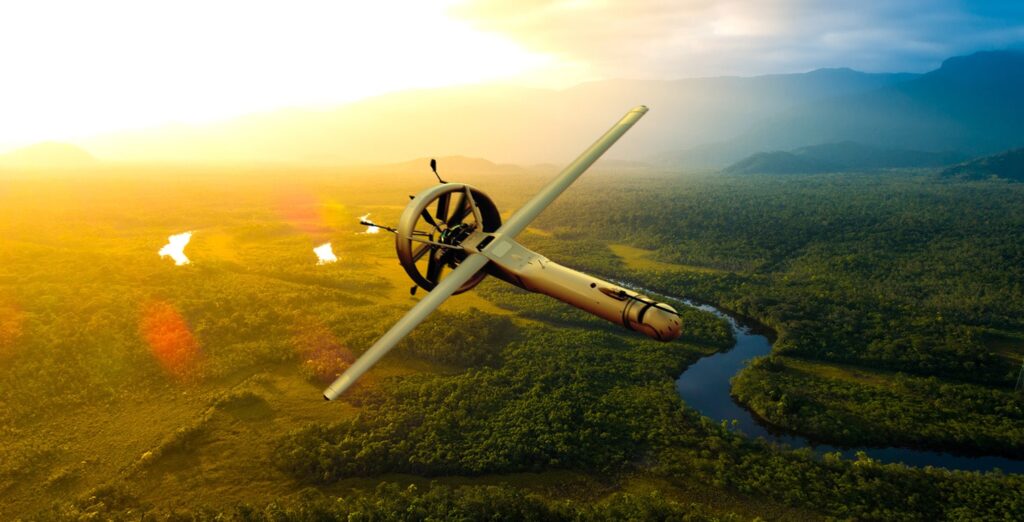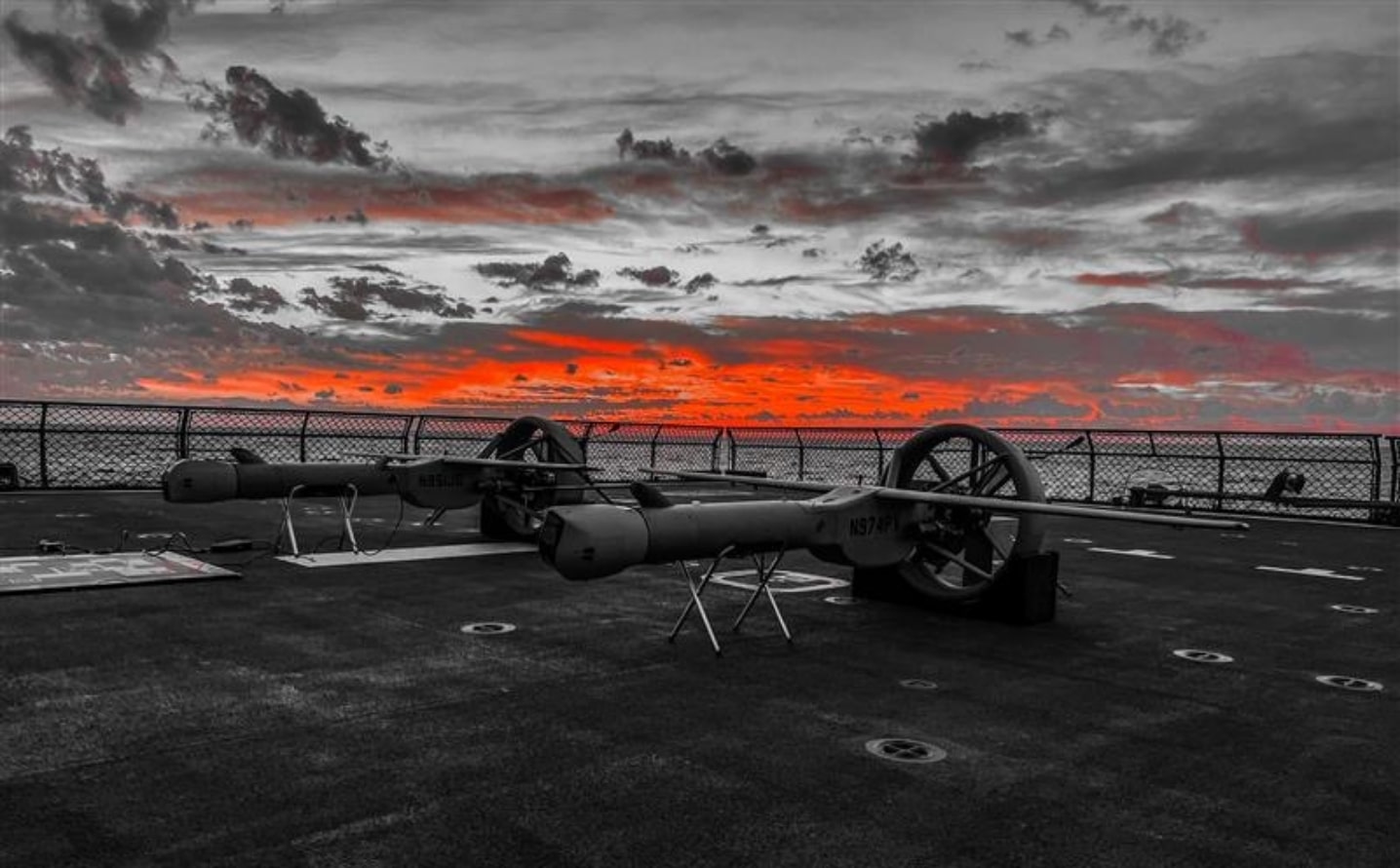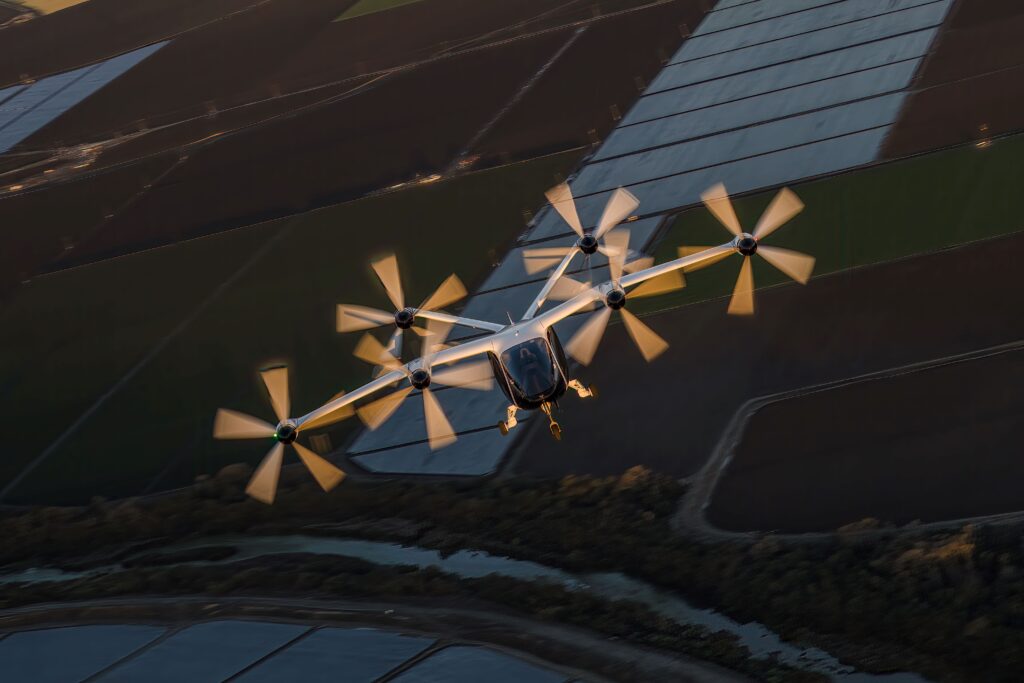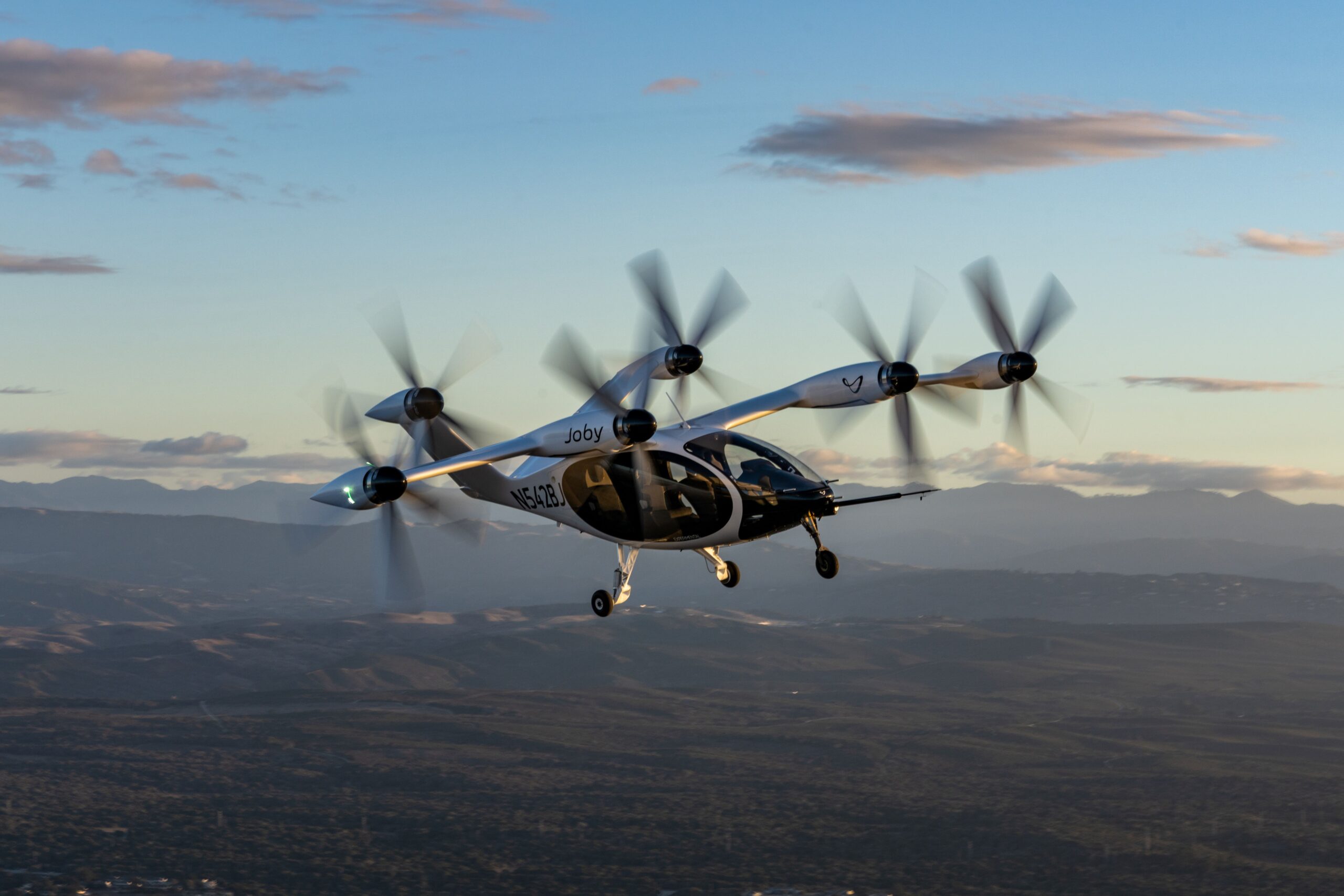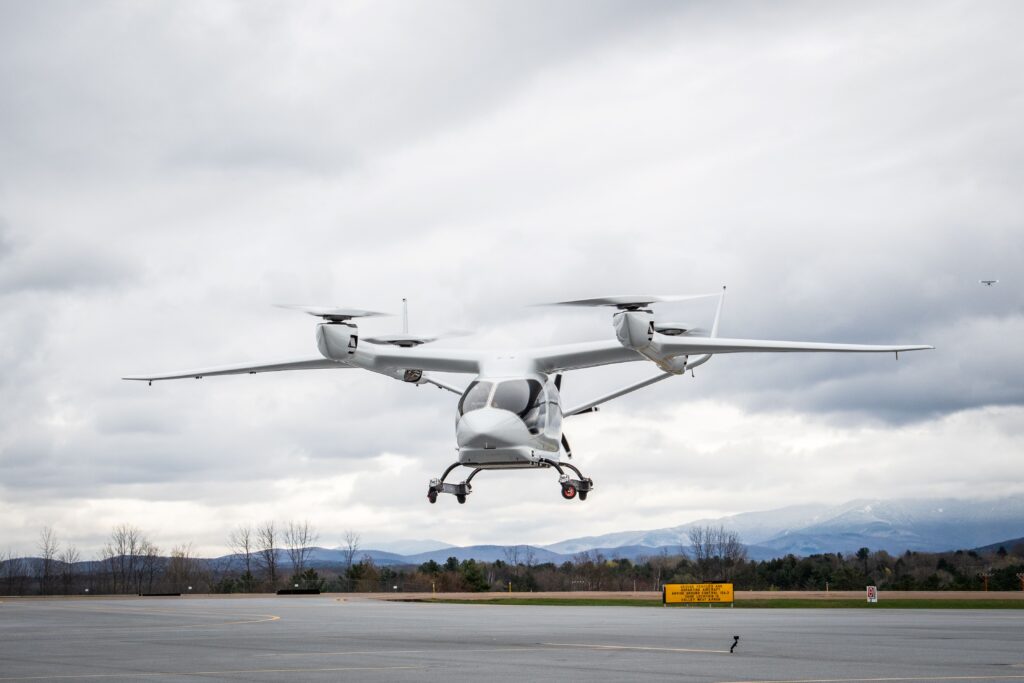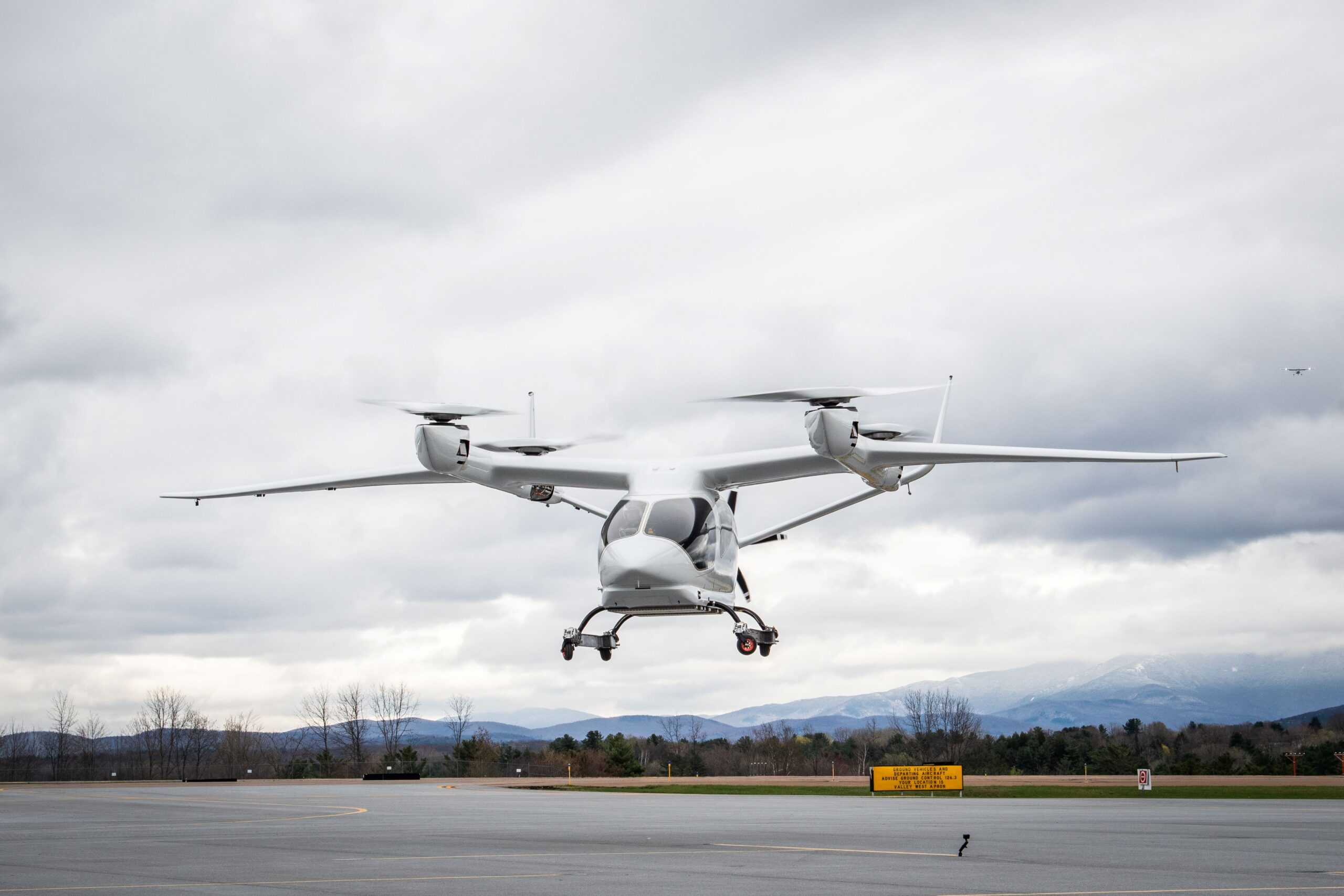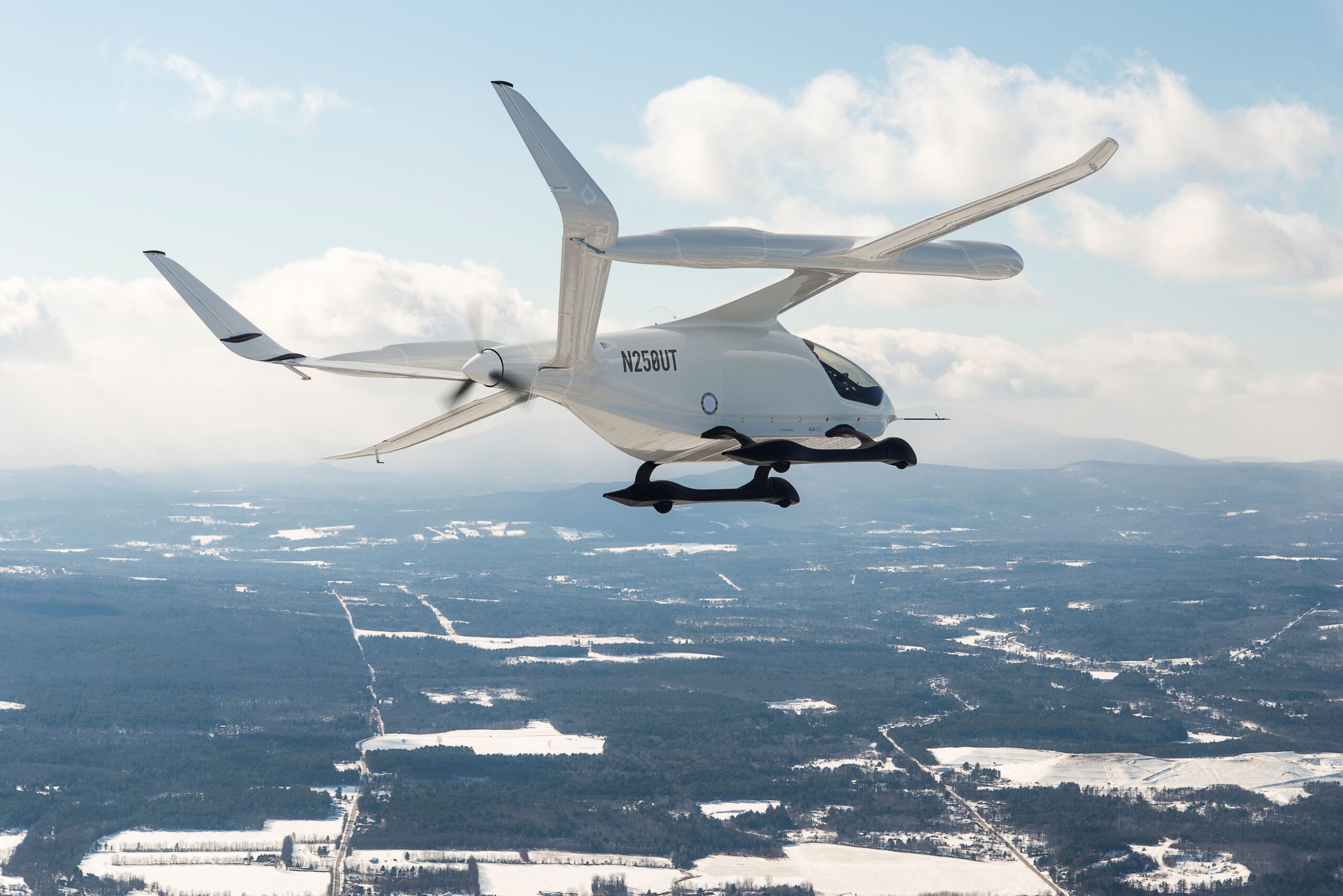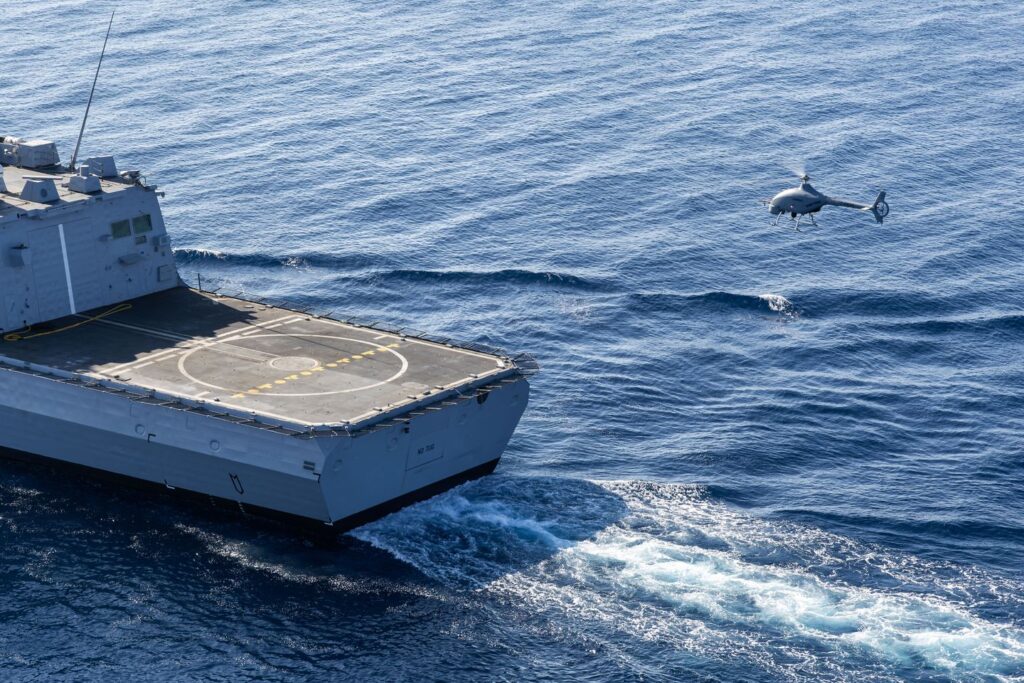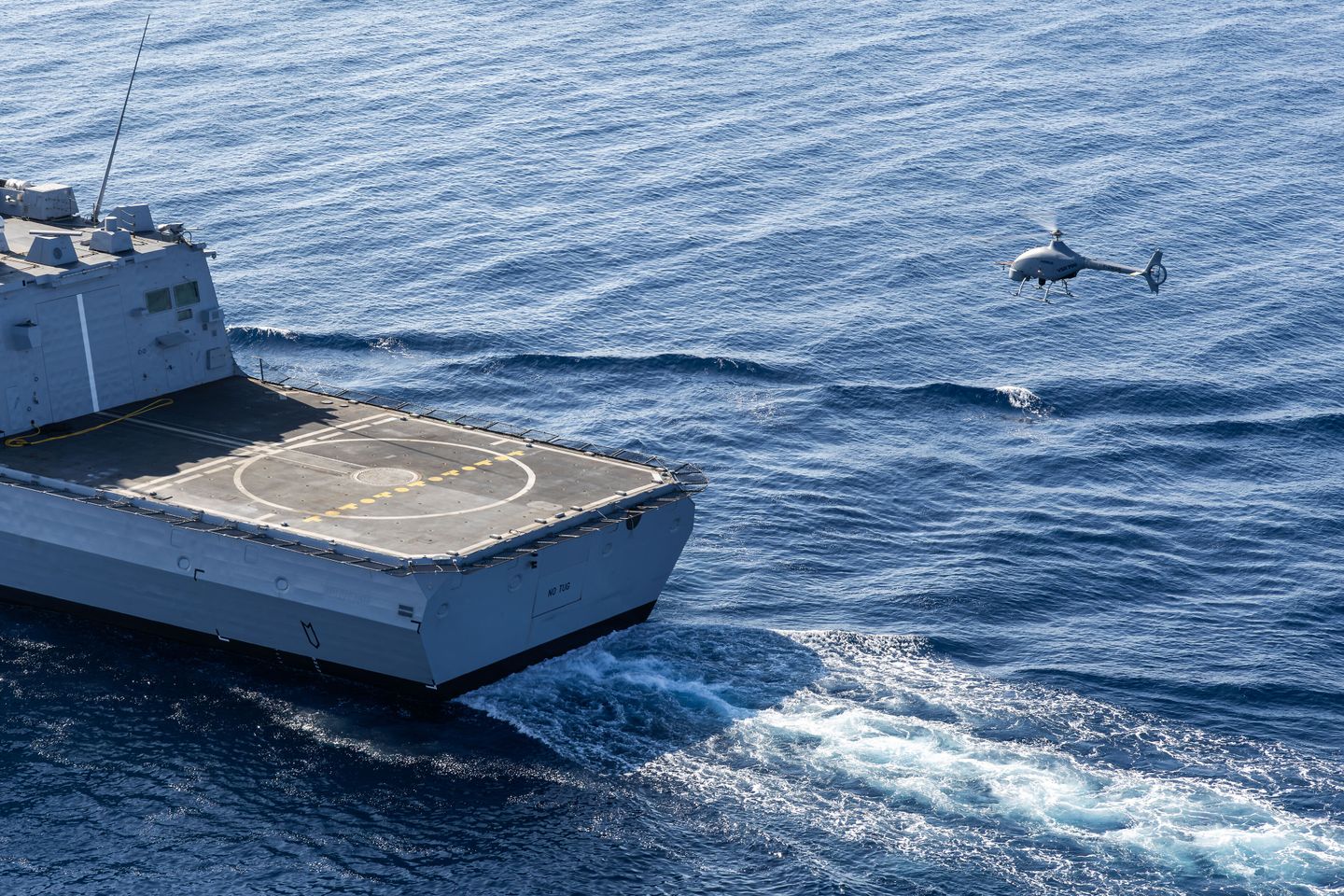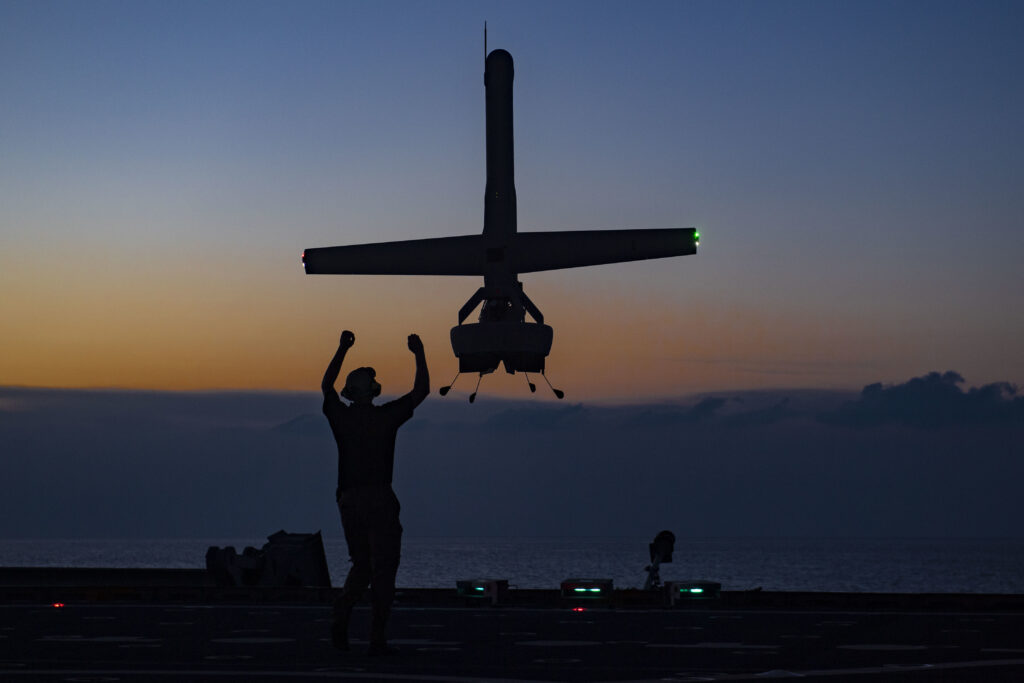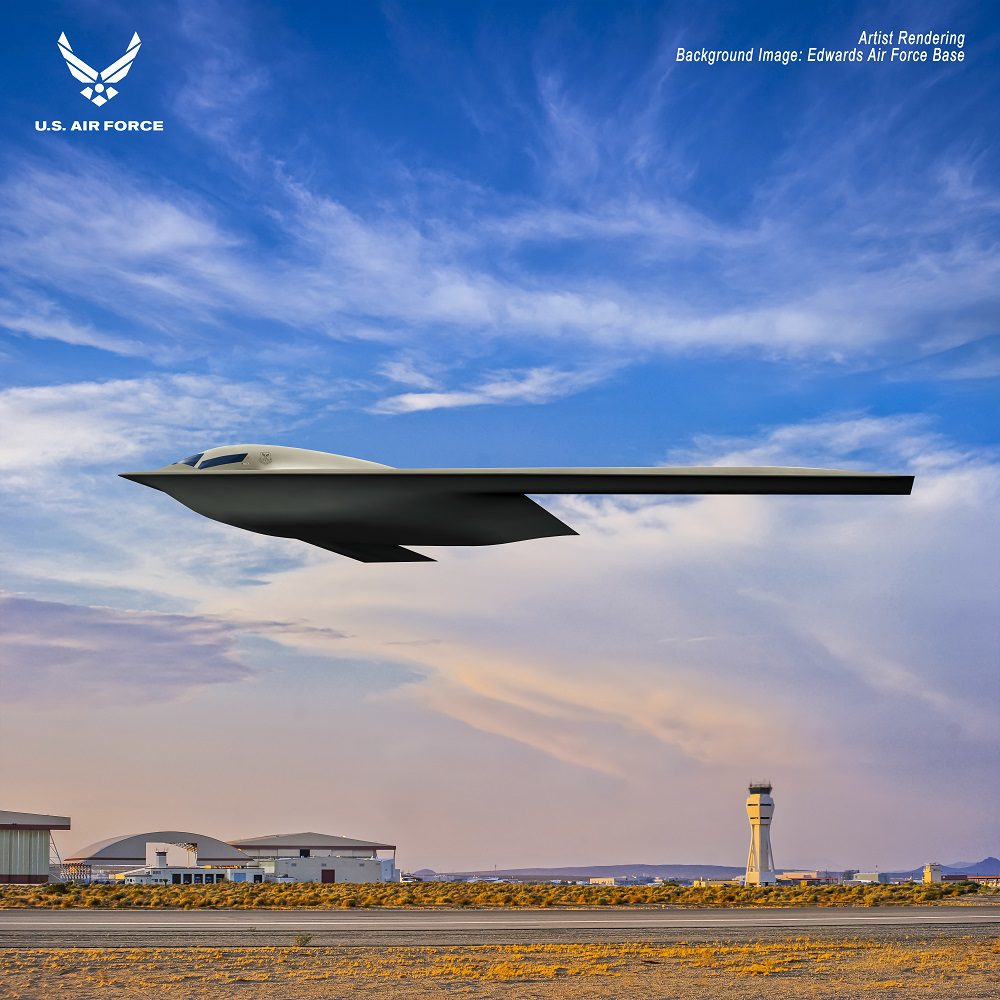Rotor Technologies seeks autonomous rotorcraft commercial service with uncrewed-only approach
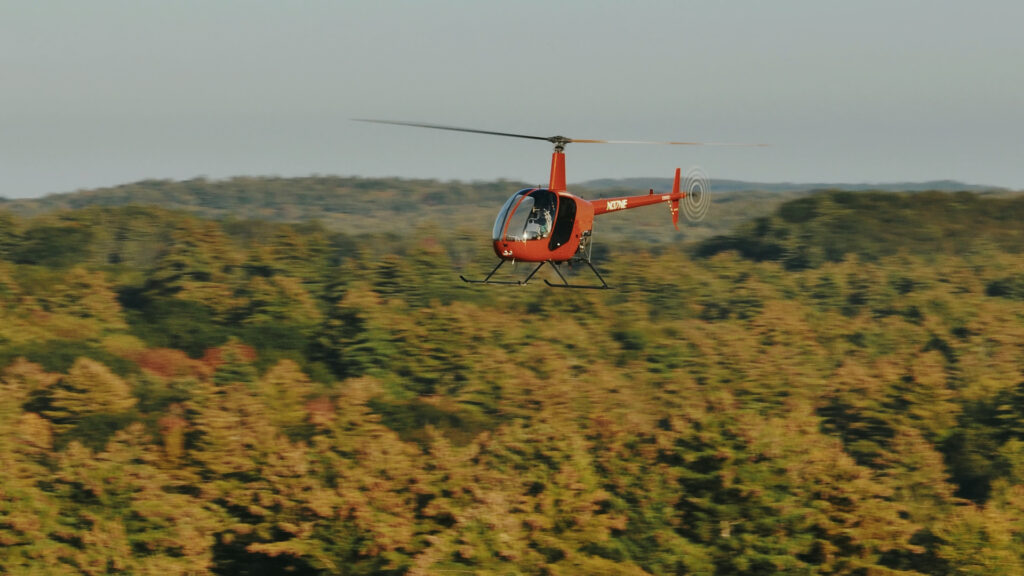
Rotor Technologies believes its exclusive focus on uncrewed-only missions will allow its autonomous rotorcraft to enter commercial operations while previous attempts by other autonomous helicopter developers failed.
Hector Xu, Rotor founder and CEO, told Avionics on Nov. 10 that all of the company’s test flights have been performed without a human safety pilot. Previous attempts at bringing autonomous rotorcraft to commercial service, such as the Kaman Aerospace/Lockheed Martin K-Max uncrewed aircraft system (UAS), retained a safety pilot.
Xu believes this limited the ability of other autonomous rotorcraft developers to improve the safety of their systems in autonomous flight. Marketing material for the K-Max UAS describes it as optionally-crewed, with a single-seat cockpit enabling piloted operation for maximum flexibility and lower risk to the platform.
Rotor announced on Nov. 7 that it completed an uncrewed flight test campaign of a full-scale civilian helicopter. The program, performed from August to October, was flown with two Rotor R220Y autonomous helicopters. The R220Y is an experimental platform based on the Robinson R22 two-seat rotorcraft, with the seats, pilot controls and instrument panel removed and all functions automated by Rotor’s technology.
Xu said Rotor removed the seats, pilot controls and instrument panel from the R220Y as part of its uncrewed-first approach. Rotor is marketing the R550X, the aircraft it wants to sell commercially, as performing missions such as firefighting, crop dusting, construction, humanitarian aid and remote cargo delivery. The R550X is an uncrewed utility helicopter based on the Robinson R44 Raven II four-seat rotorcraft that has a payload capacity of 1,212 lbs (550 kg) and more than three hours of endurance.
The company wants its R550X to enter commercial service in 2024. Rotor spokesman Nicholas Coates said on Nov. 10 that the R550X will have an initial experimental airworthiness certificate from the US Federal Aviation Administration (FAA). Some commercial operations, he said, will rely on other FAA waivers such as the Section 44807 exemption process.
The two R220Ys logged more than 20 hours of flight time and over 80 hours of engine run-time during the flight campaign. The flights demonstrated Rotor’s flight control systems, autonomous hover and velocity modes and vision-based perception systems, according to a company statement. Although no human pilot was onboard during the test flights, the R220Y requires a pilot to remotely control the vehicle when the autonomy system is not engaged.
Rotor is not the first company to perform autonomous helicopter demonstrations. In addition to the K-Max UAS, the Boeing Maverick vertical takeoff and landing (VTOL) UAS had an extensive uncrewed flight test campaign of a full-scale modified civilian helicopter with more than 1,000 hours of flight time between 1999-2007. The Sikorsky S-70 Optionally Piloted Vehicle (OPV) Black Hawk rotorcraft has also flown autonomously.
However, an expert said while performing uncrewed rotorcraft demonstrations is easy, entering uncrewed helicopters into commercial operations is very difficult. Dan Patt, a senior fellow with the Hudson Institute’s Center for Defense Concepts and Technology who worked on the Sikorsky OPV Black Hawk and the Boeing Maverick VTOL UAS, told Avionics on Nov. 10 that this challenge is often called the “robotics paradox”. This refers to the gap between the controlled environment of a demonstration and the unpredictable nature of the real world, which is filled with statistically improbable events that are difficult to prepare for and predict.
Technological advancements since 1999, when Patt worked on a team that autonomously flew an R22, have made it vastly easier to create impressive demonstrations. In a setting as simple as a garage, one can build an uncrewed aircraft and ground robotics using open-source software and commercial hardware. But Patt said scaling these innovations to operate reliably in every possible real-world scenario is exponentially more difficult.
This is similar to the difference between showcasing a concept car made from clay and producing a vehicle that is safe, reliable and meets all regulatory standards for public roads. Patt said in aviation, these challenges are compounded by stringent regulatory requirements for commercial operations that have not yet been proven, thus making the transition from controlled demonstrations to commercial operations a complex and rigorous process.
—————
Boost Internet Speed–
Free Business Hosting–
Free Email Account–
Dropcatch–
Free Secure Email–
Secure Email–
Cheap VOIP Calls–
Free Hosting–
Boost Inflight Wifi–
Premium Domains–
Free Domains







